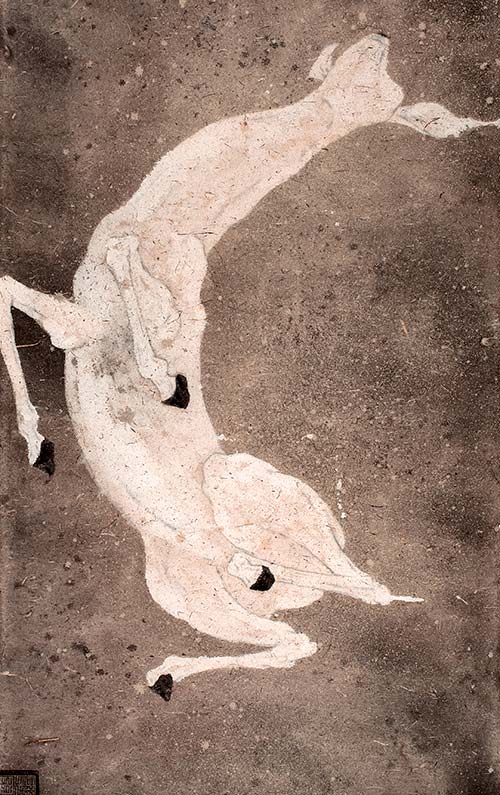
Our friends at Beijing Today swing by now and then to introduce art and culture in the city.
If China’s contemporary art market has one fatal fault, it is an obsession with cultivating and trading stars.
Artists born in the 1960s have become darlings of the market, producing some of the most expensive works traded at auction houses anywhere in the world.
But the next generation, born in the 1970s, has very different goals for creation and social recognition. Most use their skills to express an attitude or convey their artistic perspective to the public in plain language.
Among their creations is the “new ink” movement of Chinese contemporary art. Though the definition of this category is still evolving, for now it appears shaped by artists experimenting with new ways to imbue traditional painting with deeper artistic meaning.
Tan Jun is one of the artists most associated with the movement. Since graduating from college in 1993, Tan has made exceptional strides in updating the nature of traditional ink and imbuing his paintings with strong contemporary qualities. His unique style comes from rich personal experience, superior brush skills and an ongoing search for the connections between all things.
After graduating, Tan began working as a teacher. Seeking to improve on existing styles, he enrolled in the Central Academy of Fine Arts in 2002. After finding his artistic identity, he emerged in 2005 as a professional freelance artist.
Tan spends much of his time studying different artistic styles and the spiritual contexts of traditional art, as well as the historical events that shape the essence of the overall contemporary movement.
Digesting it all, he seeks out contrasts between tradition and modernity and the world’s forms of expression. His content experiments with different artistic languages as he explores the spiritual world of ink.



Q&A With Tan Jun
BT: How do you discover the subjects for your work?
TAN: There are a lot of ways to approach a painting. I like to use photography as a reference. Depth of field can serve to separate or wipe out the levels and distance in an object, causing viewers to zero in a particular portion of the image. My eyes are my lens, focusing on one point and letting everything else fade away. When you look at the world with selective focus, you’ll find the atmosphere and picture appear naturally. Once you make a habit of it, it’s easy to extract a specific image from the complicated world.
BT: What kinds of people or things are exciting or shocking? That inspire you to create?
TAN: When there is conflict, there is a spark. Because each person has his own system of values and applies them to limited knowledge, conflicts are frequent and inevitable. They can arise between people and people, people and objects and even within ourselves. Sometimes, I spend two to three years turning a rough sketch into a painting. The span allows for my own growth and change: one where I can find a stronger emotional connection to touch off the big sparks that will make it a real painting in my mind.
BT: If you are continually searching for these sparks, how does the delay affect your creative system?
TAN: I am always building a spiritual world that belongs to myself. Part of me seeks knowledge that can be recognized and broadcast through objects, pictures, characters and images. I’ve mastered some techniques that give me many ways to convey emotion. I hone my intuition because it makes me feel the world is more detailed, sensitive and rich. As my skills improve, I return to search for more links between the spiritual and emotional worlds.
This post originally appeared in Beijing Today.
















































